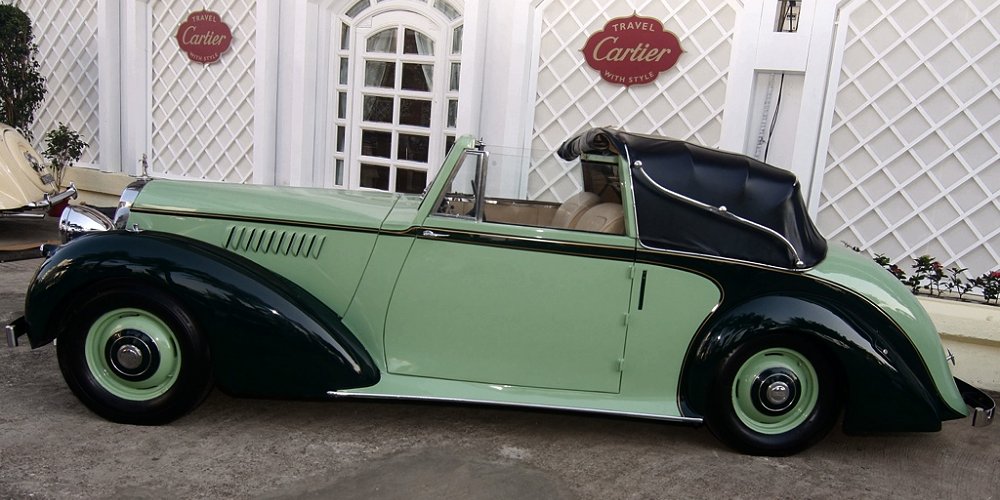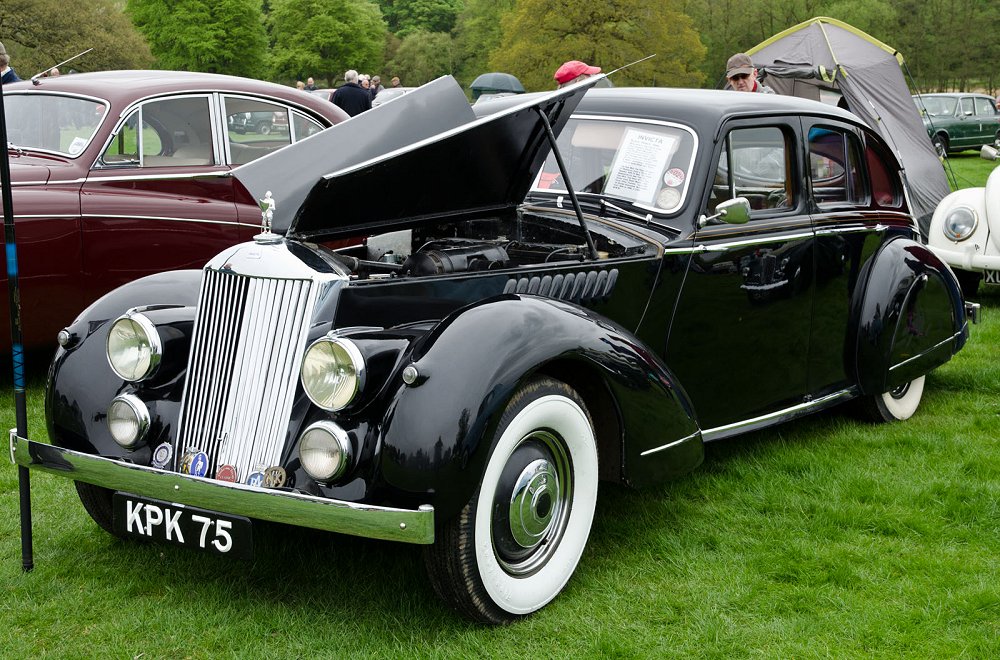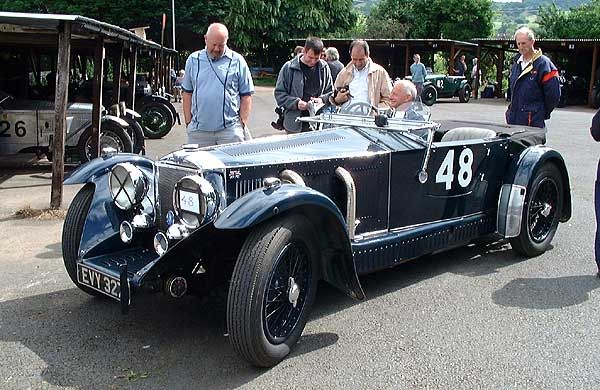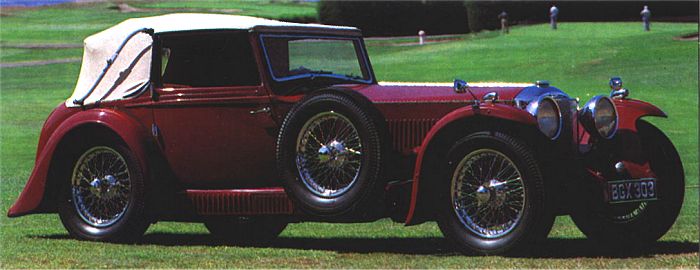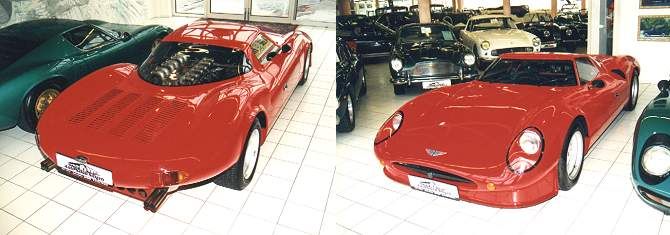Introduction to Invicta
Invicta is a historic British car company known for building luxurious, high-performance vehicles primarily during the interwar years and again briefly in the early 2000s. Though it never achieved the large-scale success of brands like Bentley or Rolls-Royce, Invicta carved out a reputation for combining elegance, durability, and sporting pedigree. With a name that means “unconquered” in Latin, Invicta’s story is one of ambition, innovation, and resilience.
Origins and Foundation
The Founding in the 1920s
Invicta was founded in 1925 by Noel Macklin, a former Royal Navy officer and motor enthusiast, along with financier Oliver Lyle of the Tate & Lyle sugar empire. The company set up operations in Cobham, Surrey. Macklin’s vision was to build a British car that could combine the refinement and ride quality of a Rolls-Royce with the performance of a Bentley.
Design Philosophy
Invicta focused on producing powerful, well-built cars with a distinct character. Their vehicles were known for their long wheelbases, elegant coachwork, and large-capacity engines. While many luxury car makers of the time emphasized excess, Invicta emphasized athleticism and endurance — a strategy that helped shape its sporting image.
The Pre-War Years
Early Models: 2½-Litre and 3-Litre
The first Invicta models included the 2½-litre and 3-litre cars powered by Coventry Climax engines. These early cars were reliable and comfortable but not especially fast. Nonetheless, they helped the brand establish a presence in the competitive luxury market.
The 4½-Litre and Sporting Success
The turning point for Invicta came with the introduction of the 4½-Litre S-Type in 1930. This model was equipped with a Meadows straight-six engine producing up to 100 bhp, which gave it strong performance and excellent reliability. With its low-slung chassis and rugged construction, the S-Type became a favorite among sporting drivers and motoring enthusiasts.
One of Invicta’s biggest claims to fame was its success in long-distance endurance events. Most notably, Violette Cordery, Macklin’s sister-in-law, drove an Invicta around the world and later completed a 10,000-mile endurance run at Brooklands at an average speed of 55 mph — an incredible feat for the time.
Racing Achievements
The S-Type also competed successfully in events like the Monte Carlo Rally, the RAC Rally, and the Alpine Trials. Its durability, road-holding, and power allowed it to tackle some of Europe’s most demanding driving conditions. These successes helped elevate Invicta’s reputation to near-Bentley levels among enthusiasts.
Luxury and Custom Coachwork
As was common in the era, Invicta chassis were often sent to high-end coachbuilders such as Carbodies, Vanden Plas, and Corsica to be outfitted with elegant, often bespoke, bodies. This gave each vehicle a unique character and cemented Invicta’s standing in the upper echelons of British motoring.
Decline and First Closure
Economic Troubles of the 1930s
Despite critical acclaim and strong racing results, Invicta struggled financially. The economic depression of the 1930s, combined with the high cost of production and a relatively small market, led to dwindling sales. By 1933, production at the Cobham works ceased.
Short Revival in 1937
A brief attempt to revive the brand was made in 1937 under the name “Invicta Cars Ltd,” based in Chelsea. This effort produced only a few additional cars before World War II halted all production. The company was effectively dormant for the next six decades.
Modern Revival Attempts
The 2000s Rebirth
In the early 2000s, a group of investors attempted to bring Invicta back to life with a modern high-performance grand tourer. The result was the Invicta S1, first shown as a prototype in 2002. This hand-built sports car featured a carbon fiber body and a Ford-sourced 4.6-litre V8 engine, later upgraded to 5.0 litres.
The S1 was striking in appearance and offered competitive performance, with a claimed 0–60 mph time of under 4 seconds. It targeted a niche luxury performance market and was assembled in Wiltshire, England.
Challenges and End of Production
Despite positive reviews and attention at car shows, the new Invicta struggled to gain traction in a market dominated by established supercar brands like Aston Martin, Ferrari, and Porsche. Sales were minimal, and by around 2012, the company had become inactive once again.
Important Models Through History
Invicta 3-Litre (1927–1931)
A solid touring car aimed at luxury buyers, this model helped establish the brand. It was praised for its comfort and smooth power delivery.
Invicta 4½-Litre S-Type (1930–1933)
This was Invicta’s flagship model and the car that solidified its performance reputation. With its Meadows engine and low-slung chassis, it was a formidable car in both road and competition settings.
Invicta Black Prince (1946)
A postwar concept that never reached production. It featured innovative technology for its time, including independent suspension and hydraulic brakes, but was ultimately too expensive to build.
Invicta S1 (2002–2012)
The modern revival model — a British-built super GT with bespoke styling and hand-crafted components. Despite its limited production, it represented an ambitious attempt to reintroduce the Invicta name to a new generation.
Legacy of Invicta
Collector Appeal
Today, pre-war Invicta cars are highly sought after by collectors due to their rarity, performance, and craftsmanship. An original S-Type in good condition can fetch high prices at international auctions. Their endurance racing history and limited numbers make them particularly desirable.
Cultural Footprint
While not as universally known as other British marques, Invicta occupies a special place in automotive history. It reflects an era of bespoke motoring where elegance and engineering excellence coexisted. The marque also embodies the adventurous spirit of interwar motoring — from Alpine trials to long-distance endurance feats.
Conclusion
The Invicta Car Company stands as a symbol of British motoring ambition. Though its time in the automotive spotlight was brief and intermittent, the cars it produced left a lasting impression. From the rugged beauty of the S-Type to the bold experimentation of the 2000s S1, Invicta was always about more than just transportation — it was about spirit, performance, and individuality.
Whether remembered for its sporting success or for its rare and beautiful machines, Invicta remains an unforgettable name in the annals of British automotive history.
List of Invicta Cars
| Image | Name | Summary | Categories | hf:categories |
|---|---|---|---|---|
| Invicta 3 Litre | The Invicta 3 Litre was a British sports car produced by the Invicta Car Company … | Invicta | invicta manufacturer | |
| Invicta Black Prince Drophead Coupe | The Invicta Black Prince Drophead Coupé was the most elegant and desirable version of Invicta’s … | Invicta | invicta manufacturer | |
| Invicta Black Prince Saloon | The Invicta Black Prince Saloon was one of the most advanced, exclusive, and technically sophisticated … | Invicta | invicta manufacturer | |
| Invicta NLC Mayfair Drop Head Coupe | The Invicta NLC Mayfair Drop Head Coupe was a luxurious variant of the Invicta line … | Invicta | invicta manufacturer | |
| Invicta Type S | The Invicta Type S was one of the most distinguished British sports cars of the … | Invicta | invicta manufacturer | |
| Invicta Type S Drophead Coupe | The Invicta Type S Drophead Coupe was one of the most graceful and luxurious expressions … | Invicta | invicta manufacturer | |
| Invicta XJ 13 | The Invicta XJ 13 was an extraordinary and mysterious creation — a bold, one-off prototype … | Invicta | invicta manufacturer |

